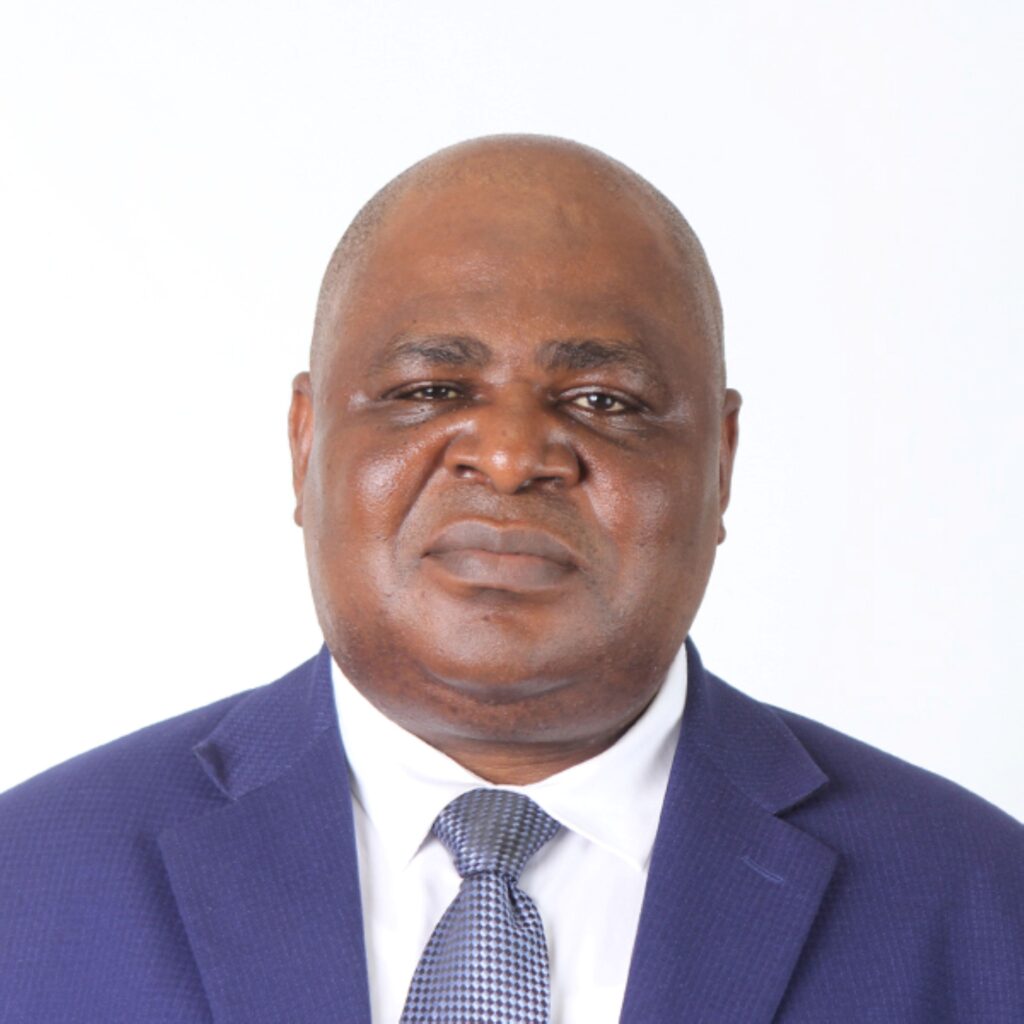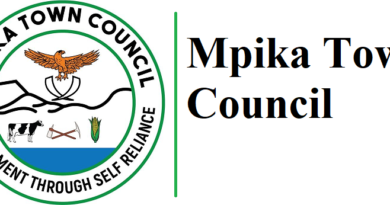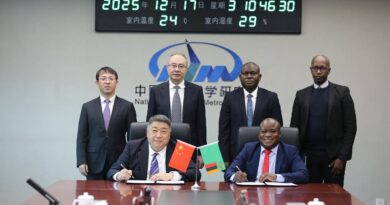Wind, Solar and Hydro Power: Our Renewable Energy Initiatives in Africa at a Glance
Africa’s energy landscape is evolving rapidly with rising populations and expanding economies driving the demand for reliable, sustainable and affordable energy. The World Bank estimates that about 640 million people have no access to clean energy in Sub-Sahara Africa (SSA), With the ravaging impact of climate change, policy renovations to onboard alternative forms of sustainable and affordable clean energy are underway.
Wind, solar, geothermal and hydroelectric power offer sustainable alternatives, but transitioning requires balancing long-term goals with infrastructure and economic perspectives. Despite abundant resources, renewable energy makes up only 18% of Africa’s electricity output.
Africa has immense renewable potential. Nearly 60% of its land is bequeathed with strong solar irradiation year-round, making solar energy scalable and increasingly affordable despite high startup costs. Mini-grids and solar home systems expand access in off-grid regions without embarking on costly grid extension and or expansions initiatives. Coastal and highland areas, especially in Morocco, Egypt, Kenya, and South Africa, have significant wind energy potential, which could complement the exploitation of the sunshine economy. Africa’s major rivers, such as the Nile, Congo, and Zambezi, support hydroelectric power generation, with Ethiopia’s Grand Renaissance Dam leading in large-scale projects. The Grand Inga project planned for the Democratic Republic of Congo (DRC) aims to be the largest hydro electric power auditorium in the world once completed.
Together, a well-balanced energy mix can reduce over dependence on imported fuels and one form of energy, create jobs, lower emissions, and enhance energy security. Yet adoption remains slow, with solar power contributing less than 5% of Africa’s electricity supply, and wind and hydro development progressing only in select countries.
Several obstacles slow electrification progress, including insufficient infrastructure, financing challenges, regulatory inadequacies, non-cost reflective tariffs and policy uncertainty. Different African countries are at different stages of policy reforms to re-shape and re-pivot the regulatory environment as a pathway to attract investment not just in generation but also transmission and distribution.
Despite these hurdles, African governments are acting. Kenya’s Lake Turkana Wind Power Project, the continent’s largest wind farm, has added 310 MW to the grid, powering nearly one million homes. Morocco’s Noor Ouarzazate Solar Complex, one of the world’s largest concentrated solar power plants, has 580 MW of capacity, reducing reliance on fossil fuels. Meanwhile, Egypt and Senegal are scaling up renewable energy auctions and tenders to drive investment.
Zambia has just concluded building a 100MW solar power plant in Chisamba, Central Province. This is the largest solar energy plant in the region. This is a demonstration of resolve to diversify and scaffold the evolving greening agenda. The national power utility company Zesco has signed at least 1,500MW of renewable energy projects.
To address the intermittency of solar and wind, hydro projects are being deployed as stabilisers. A recent 250MW hydropower initiative in Uganda is a prime example, showing how renewable energy diversity can improve supply stability and reduce reliance on backup fossil generation. Collectively, over 472MW of renewable energy capacity is now operational across several African countries, with more than 1,100MW under construction and a pipeline of over 3GW of solar, wind, and hydro projects under different phases of project development.
Regional support has also played a crucial role in advancing Africa’s renewable energy sector. The African Union’s Agenda 2063 prioritises sustainable energy development, while the African Development Bank’s Desert to Power initiative aims to install 10 GW of solar capacity by 2030, providing electricity to 250 million people across the Sahel region. A crucial factor to keep in mind as Africa continues to grow its renewable energy portfolio is that the energy transition must be fair and just. Africa contributes less than 4% of global emissions but suffers disproportionately from climate impacts. Rapid fossil fuel phase-outs without reliable renewable energy alternatives could trigger energy shortages, job losses and economic sabotage. Many countries also need substantial financing to build clean energy technologies.
Governments and private sector must work together to ensure that alternative form of energy forms part of the backbone of Africa’s energy system, delivering reliable, affordable and sustainable energy, creating jobs, and driving green industrial growth.
At the same time, scaling up renewable energy must be balanced with a well scaffolded realistic approach to sustainable energy security. Africa should transition gradually, recognising the continued role of fossil fuel in ensuring a reliable supply while clean energy pathways are being onboarded expanded. The goal is to develop a diverse energy mix that sustains economies while building a more sustainable future leading to the AU agenda of creating a single Africa electricity market by linking the 5 African regional power pools.
Wind, solar, and hydropower will shape Africa’s sustainable energy future, but success hinges on adequate reforms, harmonisation of regulatory frameworks across regions, strategic investment, and inclusive development. The transition must be pragmatic rather than ideological, prioritising economic stability while expanding renewables energy portfolio.



